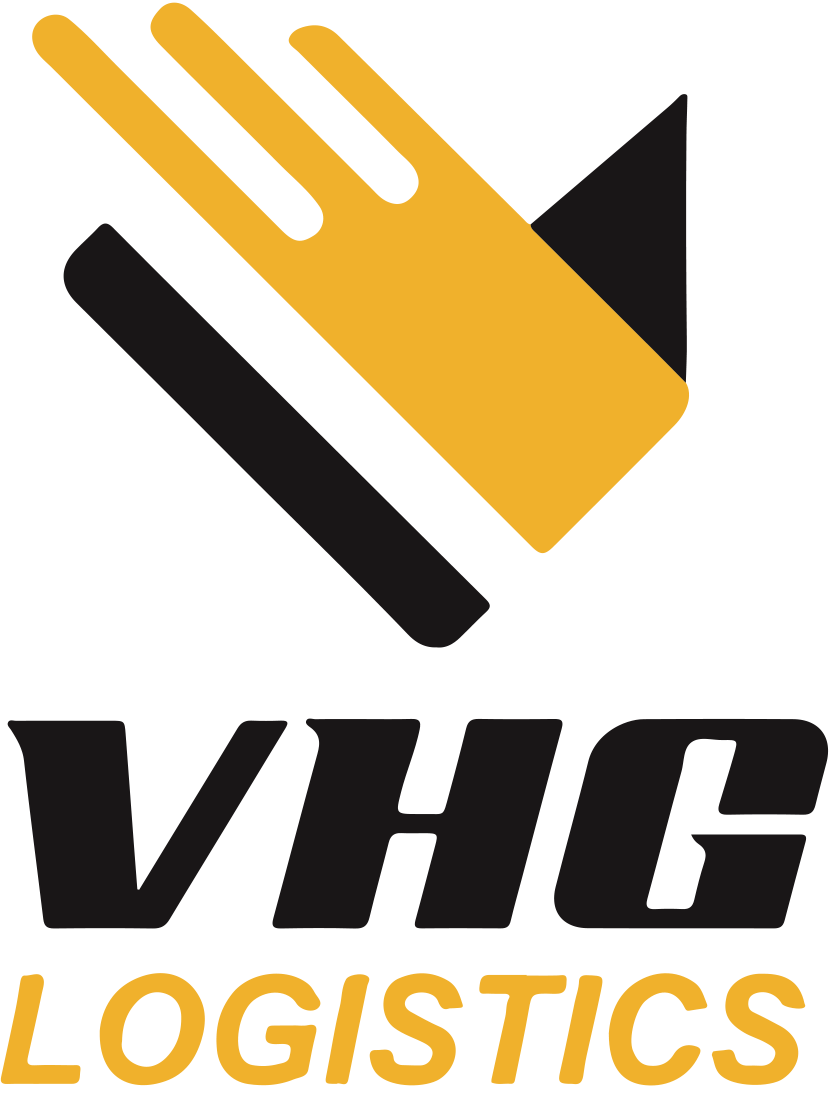Coffee is one of Vietnam’s key agricultural products, ranking second in the world in terms of production and export value. Vietnam mainly exports Robusta coffee in raw form (green beans), accounting for about 90% of total export output. Vietnam’s main export markets are the US, Germany, Italy, Belgium, Japan, South Korea and China.
China is one of the potential markets for Vietnamese coffee, with stable growing demand. The average export price of Vietnamese coffee to the Chinese market in the first 4 months of 2023 reached $3,006/ton, making it Vietnam’s tenth-largest coffee export market. To successfully export coffee to China, Vietnamese enterprises need to understand the process, conditions and regulations involved in exporting.

- Procedures for exporting coffee products
Coffee products exported to China must meet quality and standard requirements regarding moisture, color, shape, size, and integrity. Coffee packaging must be carefully packaged, with full label information, place of production, expiration date and other special ratios printed.
Regarding export policies, according to Circular 11/VBHN-BCT of Vietnam, coffee is not on the list of prohibited or restricted export items and is also not on the list of goods requiring a license for export.
In addition, Vietnam and China have signed cooperation agreements on Plant Protection and Quarantine. Accordingly, all shipments subject to quarantine must be quarantined and have a Phytosanitary Certificate from the exporting country accompanying the shipment. Therefore, coffee exporting enterprises must have a Phytosanitary Certificate issued by the Plant Protection Department of Vietnam (PPD).
- HS codes and export tariffs
According to the 2024 Import and Export Tariff Schedule, coffee falls under group 0901 “Coffee, roasted or not roasted, decaffeinated or not; coffee husks and skins; coffee substitutes containing coffee in any proportion”. Depending on the actual condition of the item, enterprises can identify the exact HS code. Accordingly, the export tax for coffee is 0%.
- Export dossier
The customs export dossier for coffee includes the following documents:
- Customs declaration
- Input documents (invoices, purchase lists)
- Packing list
- Commercial Invoice
- Sales Contract
- Bill of Lading
- Phytosanitary Certificate
Some documents that may be required by the importer such as:
- Certificate of Origin (C/O)
- Health Certificate (HC)
- Other relevant documents,…
- Export procedure
Step 1: Register for plant quarantine
Step 2: Obtain quarantine certificate
Step 3: Open customs declaration
Step 4: Customs clearance of declaration
Step 5: Complete import procedures in China
